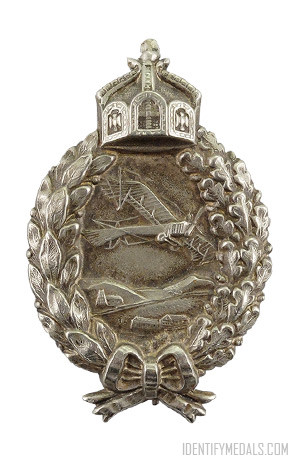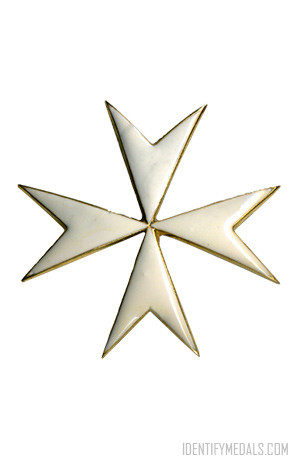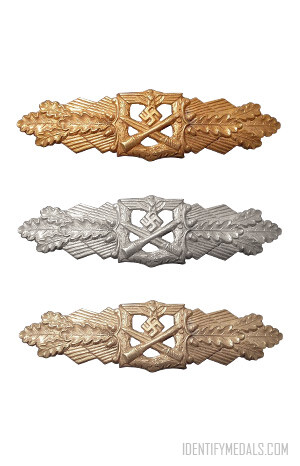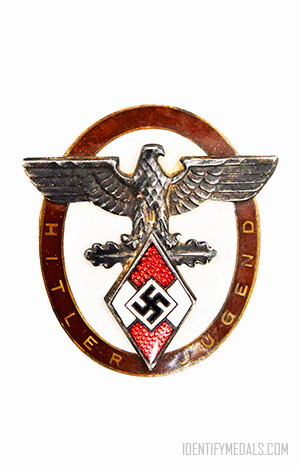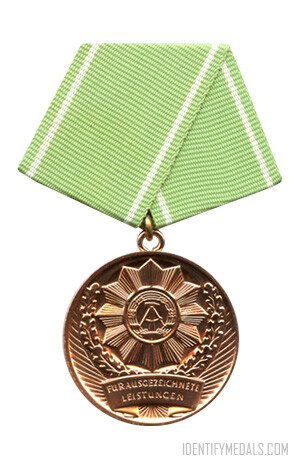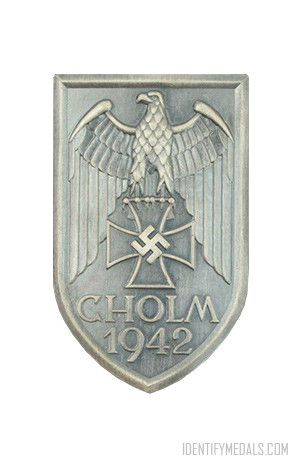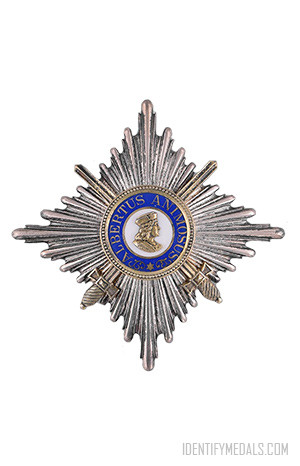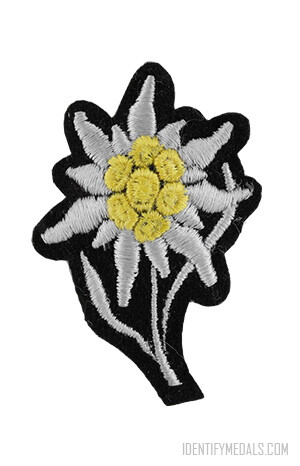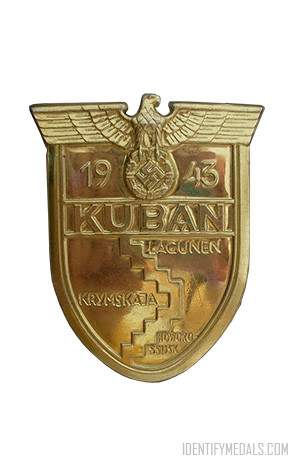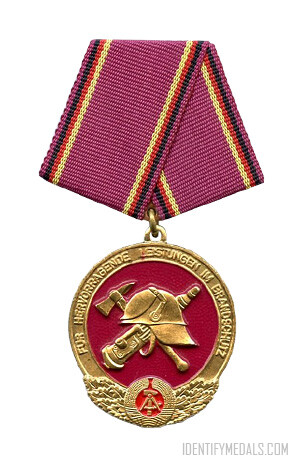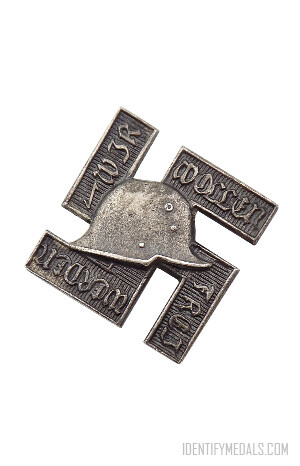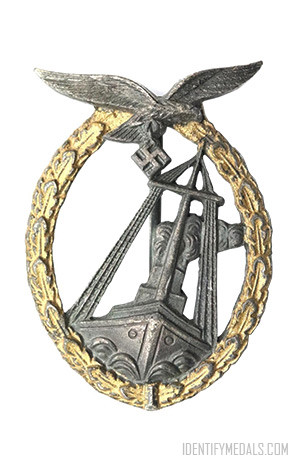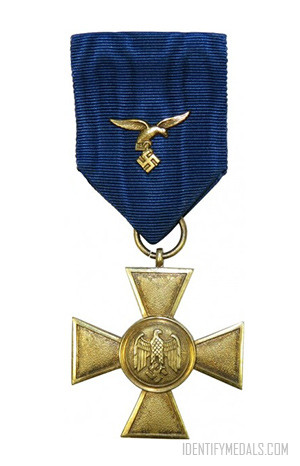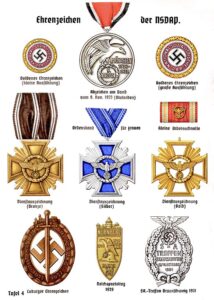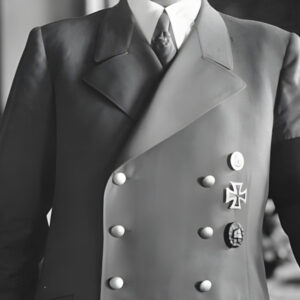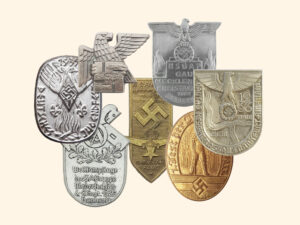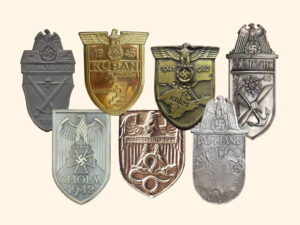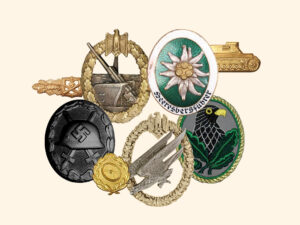- Time Period: World War I
- Institution: 27 January 1913
- Country: Germany (Kingdom of Prussia)
The Pilot’s Badge (or Flugzeugführerabzeichen in German) is a badge from the Kingdom of Prussia instituted on 27 January 1913 by the King of Prussia and the Emperor of the German Empire Wilhelm II in conjunction with his birthday.
At some point during the war, and because stamped metal badges become scarce, it’s believed only certificates were issued and aircrew were required to purchase their own badges. While issued badges are thinly stamped and silvered (or silver-washed, an economical alternative) metal, privately purchased examples can be found in hollow two-piece construction or single massive silver stampings.
The Pilot's Badge Award Criteria
The badge was awarded to officers, NCOs and enlisted men upon successful graduation from the flying schools and passing two practical flight examinations.
One of the examinations consisted of unassisted takeoff and landing. The other was a long-distance or a cross-country flight. The badges were presented by local air station commanders.
What Was Training Like for a Prussian Pilot?
Training to become a Prussian pilot during World War I was both rigorous and dangerous, reflecting the early, experimental days of military aviation. The training process involved multiple stages, beginning with ground school where recruits learned the basics of flight, navigation, and military conduct. This was followed by preliminary flight school, which included about 40-50 flight hours. Cadets had to perform a variety of maneuvers such as sideslips, loops, and simulated uncontrolled falls before graduating (Hartzell Propeller) (MyLearning).
Some popular aircraft used during the time included:
Fokker Eindecker (E-Series): The Fokker E.I, E.II, E.III, and E.IV were some of the first aircraft used for aerial combat. These were monoplane designs equipped with synchronized machine guns that could fire through the propeller arc, giving the Germans an initial air superiority.
Albatros B Series: An early reconnaissance biplane, the Albatros B.I was unarmed and used primarily for observation and artillery spotting.
Albatros D-Series (D.I to D.Va): The Albatros D.I and its subsequent models (D.II, D.III, D.V, D.Va) became the backbone of the German fighter force. Known for their speed and firepower, these aircraft were used extensively from 1916 onward.
Halberstadt D.II: Another early fighter aircraft, the Halberstadt D.II was used to complement the Fokker Eindecker until more advanced aircraft became available.
Fokker Dr.I: The Fokker Dr.I triplane, made famous by Manfred von Richthofen (the Red Baron), was renowned for its maneuverability. However, it was also prone to structural failures.
Fokker D.VII: Considered one of the best fighter aircraft of the war, the Fokker D.VII was introduced in early 1918. It had excellent handling, firepower, and structural integrity, making it highly effective in combat.
Pfalz D.III: The Pfalz D.III and its improved version, the D.IIIa, were used by many Jastas (fighter squadrons). They were known for their durability and decent performance but were generally considered inferior to the Albatros and Fokker designs.
Aviatik C.I: A versatile two-seater used for reconnaissance and light bombing missions, the Aviatik C.I was one of the many C-type aircraft that served various roles.
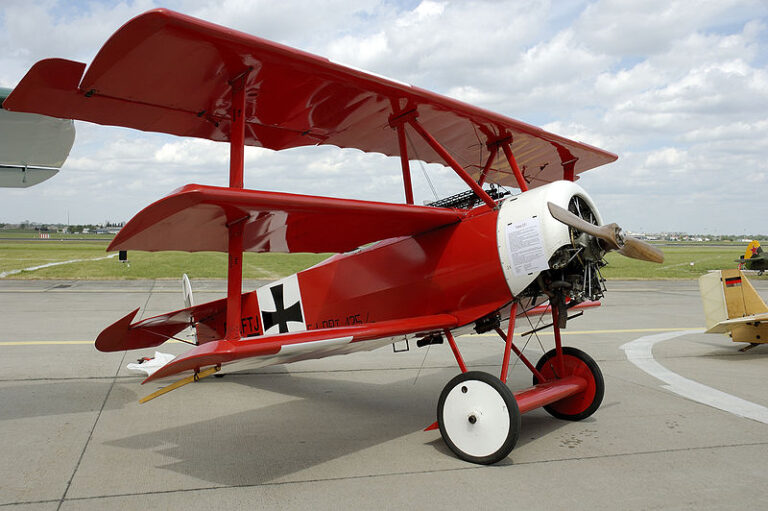
The Pilot's Badge Design
The badge measures 46.00 mm (width) by 70.60 mm (height), weighs 13.5 grams and is struck in silvered brass. In all of the Imperial German Army flight qualification badges, the outside perimeter is surrounded by a wreath. The left side has laurel leaves symbolizing victory, while the right side has oak leaves signifying strength and hardiness. The bow joining them together at the bottom signifies the joining of these two qualities.
The top of the badge mounts either a Preußen (Prussian) crown or a Bayern (Bavaria) crown. These badges were manufactured by C.E. Juncker (Berlin), Meybauer or Pollath and worn on or below the left breast pocket lower than the Prussian Iron Cross 1st Class.
The obverse bears a standard pilot’s badge motive within a wreath, with laurel leaves towards the left side of the wreath, and oak leaves towards the right side of the wreath, separated by a bow on the bottom of the wreath, ordained by the Prussian crown at the top.
The reverse is hallowed and has a vertical needle pinback with a barrel hinge and a round wire catch.

